The Flugabwehrkanonenpanzer Gepard ("anti-aircraft-gun tank 'Cheetah'") was designed as a the premier SPAAG (all-weather-capable) for the Bundeswehr. It was developed to replace the US-built M42 Duster in service to fhat point. It was upgraded several times, with the latest electronics between versions, and represented with the Roland SPAAML, the cornerstone of Bundeswehr division's organic air protection, while also fining success with NATO exports. By late 2010 it started to be replaced replaced by the much smaller Wiesel 2 Ozelot Leichtes Flugabwehrsystem (LeFlaSys) armed with four FIM-92 Stinger/LFK NG and it has seen combat in the Russo-Ukrainian War nevertheless.
Armament: The primary armament of the Gepard consists of two 35mm Oerlikon KDA autocannons mounted in a turret. These autocannons are capable of firing at a high rate of fire, making them effective against a wide range of airborne targets.
Fire Control: The Gepard is equipped with advanced fire control systems, including radar and laser rangefinders, that allow it to track and engage targets accurately, even while on the move.
Mobility: The vehicle is built on a modified Leopard 1 tank chassis, which provides it with good mobility on various terrains. This mobility allows the Gepard to quickly position itself to counter emerging aerial threats.
Crew Protection: The crew compartment is armored to protect the vehicle's crew members from small arms fire and shell splinters. However, the primary focus of the Gepard is its anti-aircraft capabilities rather than heavy armor.
Versatility: While its primary role is air defense, the Gepard can also engage lightly armored ground targets, making it versatile on the battlefield.
The Flakpanzer Gepard entered service with the German Bundeswehr in the 1970s and has since been used by several other countries as well. It provided a reliable and effective means of mobile air defense for mechanized units during its operational years.

In writing...
Genesis
The Flakpanzer Gepard, officially known as the Flugabwehrkanonenpanzer Gepard, is a German self-propelled anti-aircraft gun system developed during the Cold War. It was designed to provide mobile air defense for armored and mechanized units against low-flying aircraft, helicopters, and other airborne threats. Key features of the Flakpanzer Gepard include:Armament: The primary armament of the Gepard consists of two 35mm Oerlikon KDA autocannons mounted in a turret. These autocannons are capable of firing at a high rate of fire, making them effective against a wide range of airborne targets.
Fire Control: The Gepard is equipped with advanced fire control systems, including radar and laser rangefinders, that allow it to track and engage targets accurately, even while on the move.
Mobility: The vehicle is built on a modified Leopard 1 tank chassis, which provides it with good mobility on various terrains. This mobility allows the Gepard to quickly position itself to counter emerging aerial threats.
Crew Protection: The crew compartment is armored to protect the vehicle's crew members from small arms fire and shell splinters. However, the primary focus of the Gepard is its anti-aircraft capabilities rather than heavy armor.
Versatility: While its primary role is air defense, the Gepard can also engage lightly armored ground targets, making it versatile on the battlefield.
The Flakpanzer Gepard entered service with the German Bundeswehr in the 1970s and has since been used by several other countries as well. It provided a reliable and effective means of mobile air defense for mechanized units during its operational years.

In writing...
Gallery
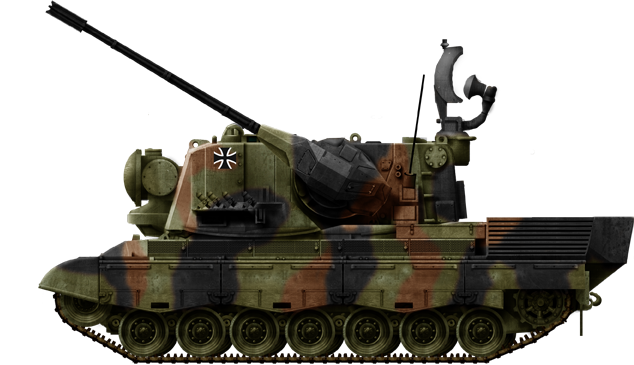
Base Flakpanzerawbwehrkanone Gepard 1A1 in 1980
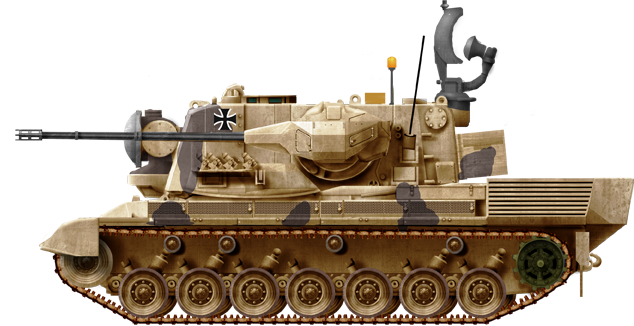
Flakpanzerawbwehrkanone Gepard 1A2 Afghanistan 2010 or 2011
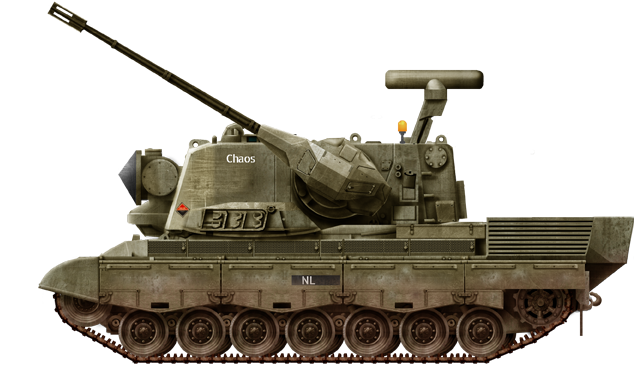
Dutch PRTL Pruttel, with the specific radar
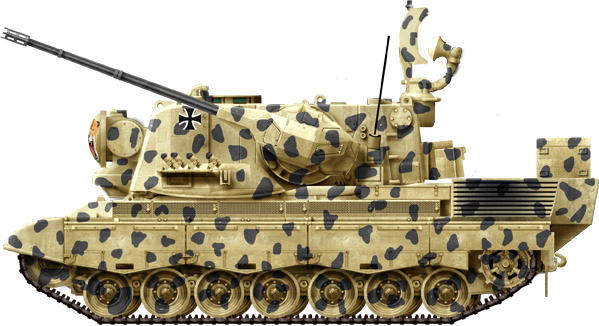
Flakpanzer Gepard in its special “cheetah livery”, last live rounds at Totendorf in 2011
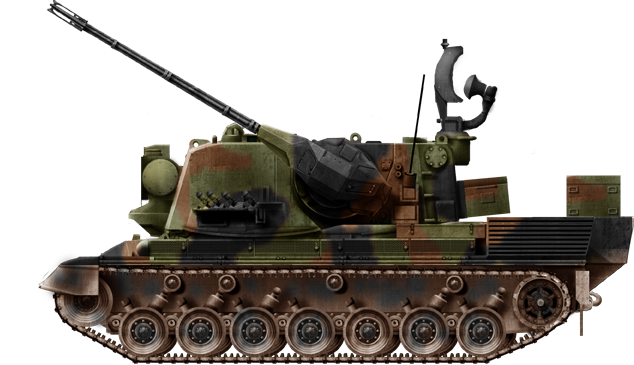
Brazilian Gepard as of today
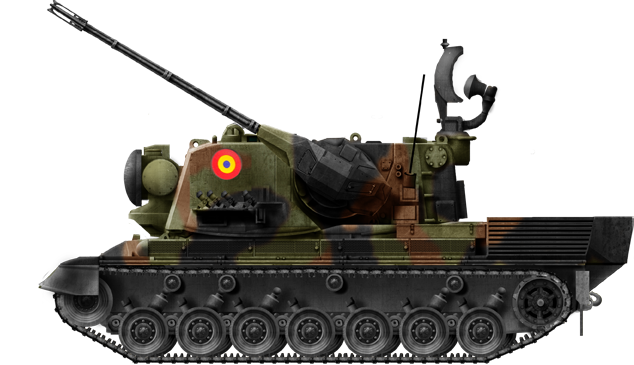
Romanian Gepard, as of today

Cold War Tanks


































Cold war tanks posters

Cold War Main Battle Tanks
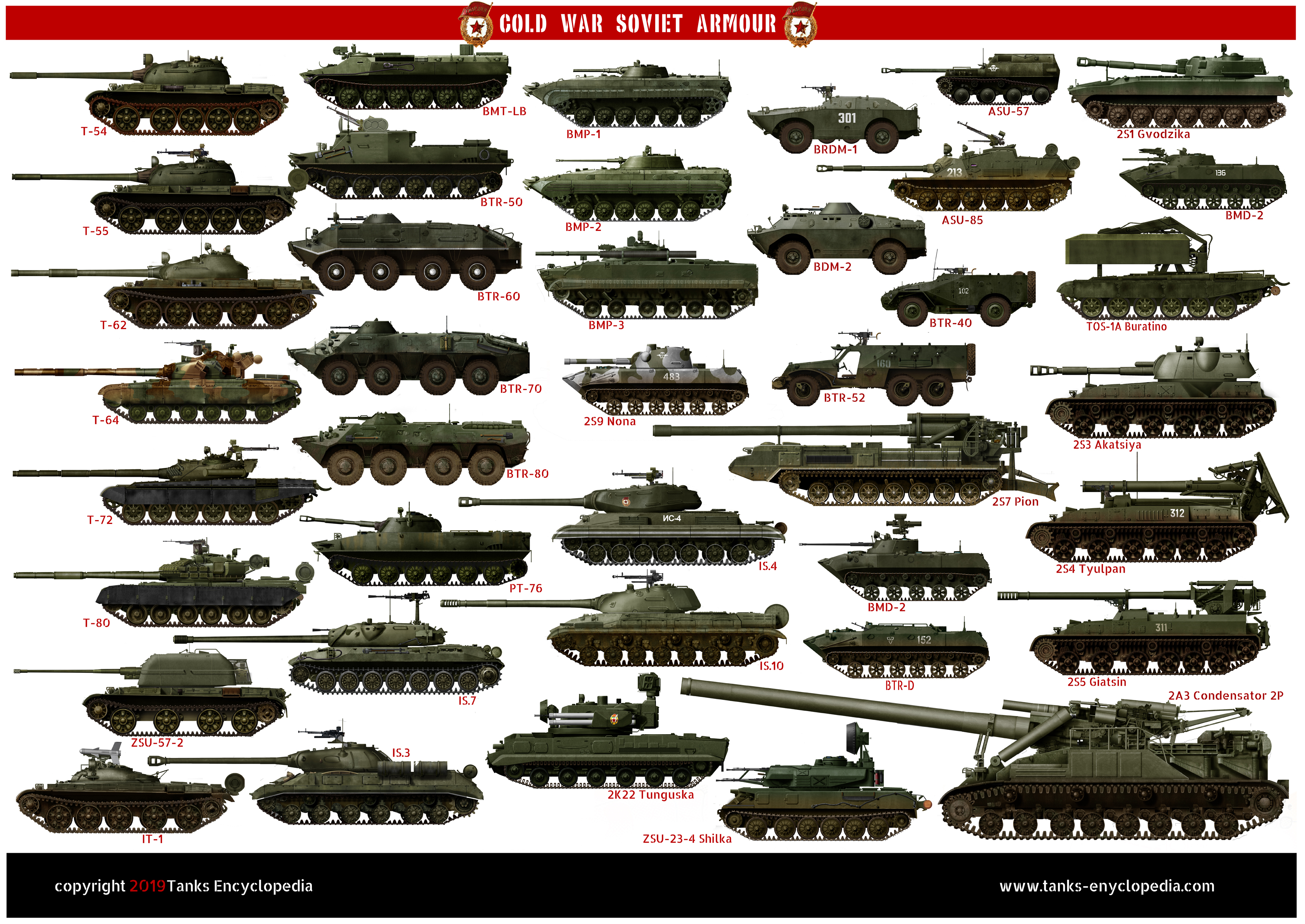
Cold War Soviet Army
Museums, Movies, Books & Games
The Tanks and Armor in pop culture
Tanks and armored vehicles in general are only really grasped when seen first person: The mass, the scale, it's all there. Explore also the way tanks were covered in the movie industry, in books and in video games.Movies:
Best tanks movie on warhistoryonline.com
On imdb.com
On bestsimilar.com/
miltours.com
liveabout.com/
watchmojo.com
Video Games:
pcgamesn.com
historyhit.com
levvvel.com
vg247.com/best-tank-games
mmobomb.com/
alienwarearena.com

